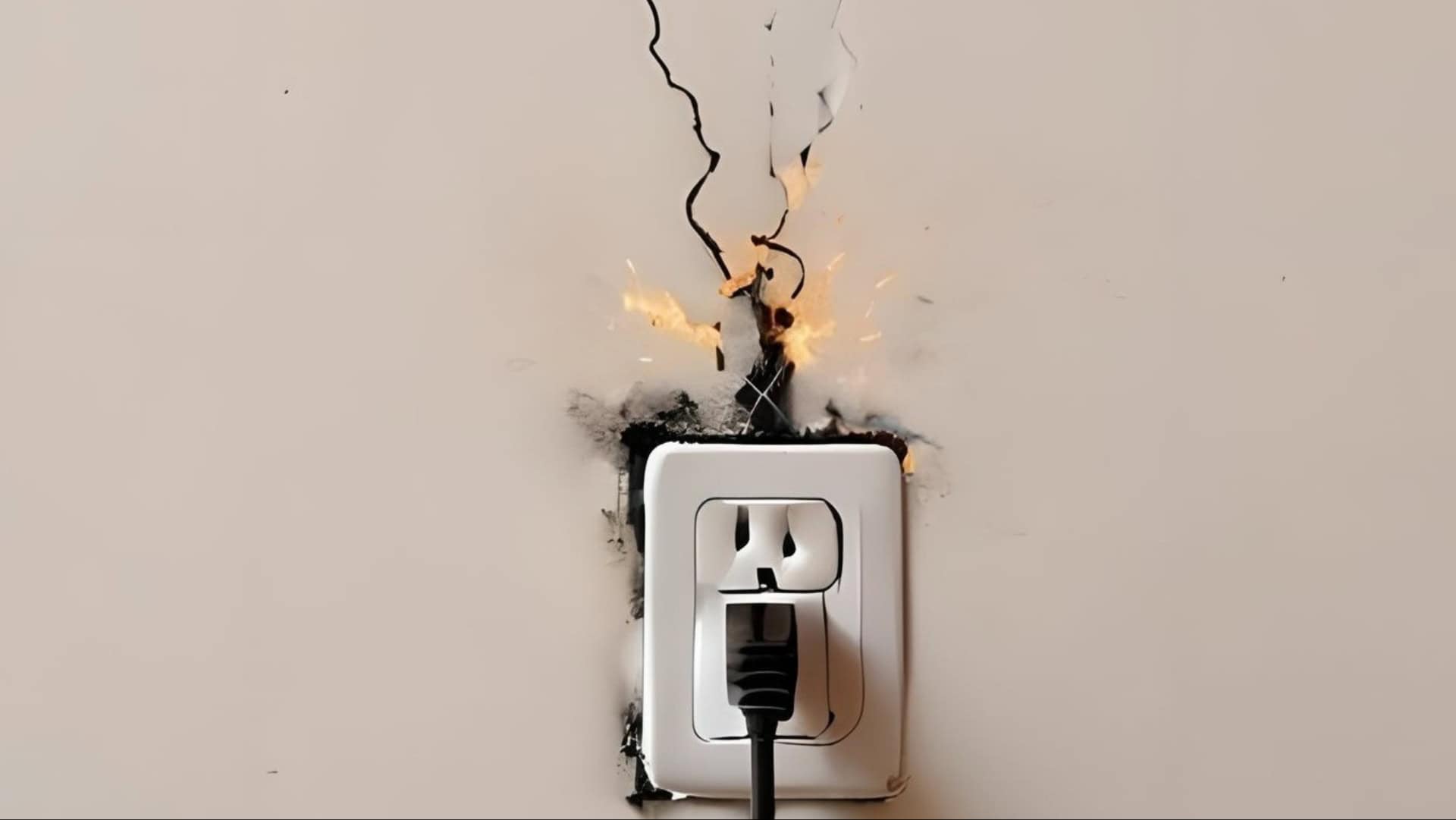Ensuring the safety of your home’s electrical outlets is crucial for protecting your family.
Mistakes in outlet wiring can lead to hazardous situations that you might not be aware of until it’s too late.
Here are 10 common wiring mistakes that could put your loved ones at risk, along with actionable advice on how to address them.
1. Reverse Polarity

Reverse polarity occurs when the hot and neutral wires are switched. This can cause electrical shock and damage your appliances.
To test for this, use a voltage tester. If you’re not comfortable fixing it yourself, consulting with a professional electrician is recommended.
Always ensure that your outlets are wired correctly to prevent unexpected surprises.
Double-checking this simple mistake can make a significant difference in your home’s safety.
2. Loose Connections

Loose connections in outlet wiring can lead to overheating and fires. When wires aren’t securely connected, they might arc, causing sparks.
Always ensure that wires are tightly fastened to their terminals. Regular inspection of your outlets can prevent this dangerous oversight.
If you notice any loosely fitted plugs or sparking, it’s crucial to address the problem immediately to protect your home and family.
3. Overloaded Circuits
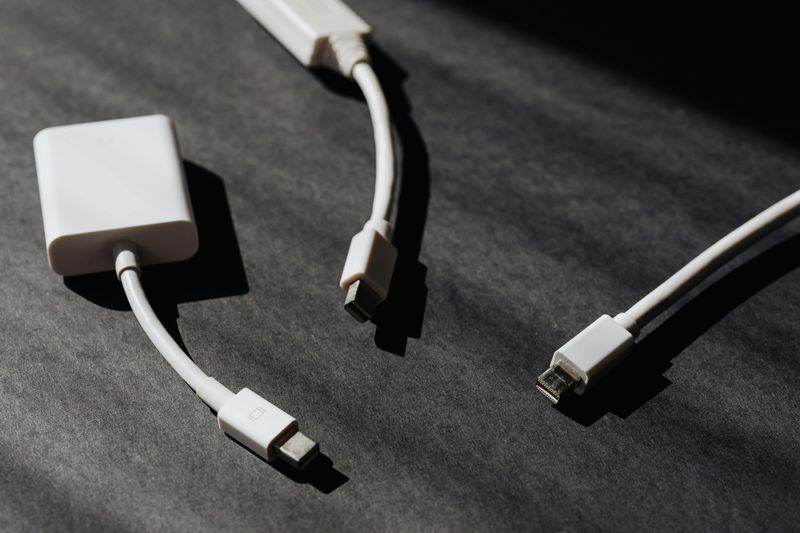
Overloading circuits is a common mistake when too many devices draw power from a single outlet. This can lead to overheating and potential fires.
Spread your devices across multiple outlets and avoid using multiple power strips together.
Getting familiar with your circuit capacity helps in maintaining a safe environment. Pay attention to warning signs like flickering lights or warm outlets.
4. Ungrounded Outlets

Ungrounded outlets lack the third prong, which prevents electrical shock. These older outlets can’t handle modern appliances safely.
Upgrading to grounded outlets is essential for your family’s safety.
Consider hiring a licensed electrician to replace outdated outlets throughout your home.
Grounding is crucial to avoid electrical mishaps, especially in homes with children who might not recognize the danger.
5. Incorrect Wire Size

Using the incorrect wire size for an outlet can cause overheating and electrical fires. Each circuit requires a specific wire gauge.
Consult the National Electrical Code or a professional to ensure compatibility.
This simple check can prevent costly mistakes and enhance safety.
Using the right wire size is fundamental in preserving your electrical system’s integrity and your family’s well-being.
6. DIY Installation Errors

DIY enthusiasts often make mistakes when installing outlets, such as improper wire connections or failing to adhere to safety standards.
If you’re not experienced, it’s best to hire a professional. Incorrect installations can cause severe hazards.
Even small errors can lead to significant problems. Prioritize safety and accuracy over cost-saving attempts in electrical projects around the home.
7. Corroded Connections
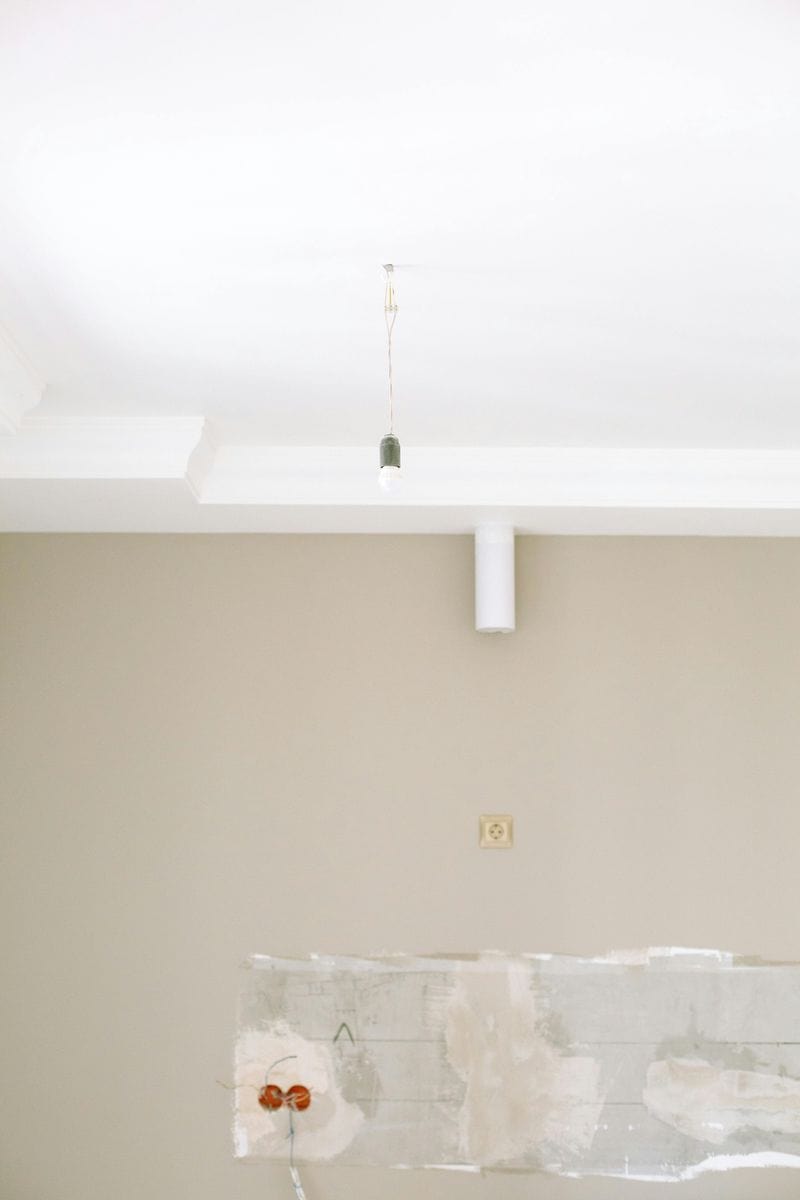
Corrosion occurs when moisture and chemicals affect outlet connections. This can lead to poor conductivity and overheating.
Regularly check outlets in damp areas like basements. Catching corrosion early can save you from larger issues.
Replace corroded components promptly to maintain safe electrical operation.
Ensuring dry and clean environments for outlets prolongs their life and keeps your home safer.
8. Missing Cover Plates
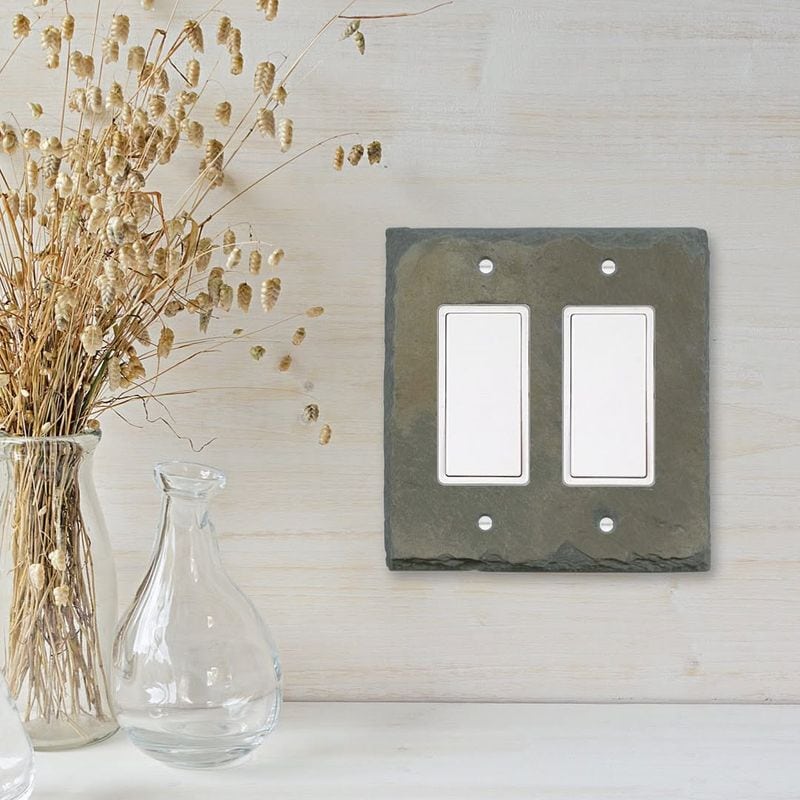
Missing cover plates leave outlets exposed to dust, debris, and accidental contact. This can lead to short circuits and injuries.
Ensure all outlets have secure cover plates. It’s a simple fix that enhances safety significantly.
Especially in homes with children, cover plates are vital in preventing unnecessary risks. Taking this small step can result in substantial safety improvements.
9. Worn Outlets
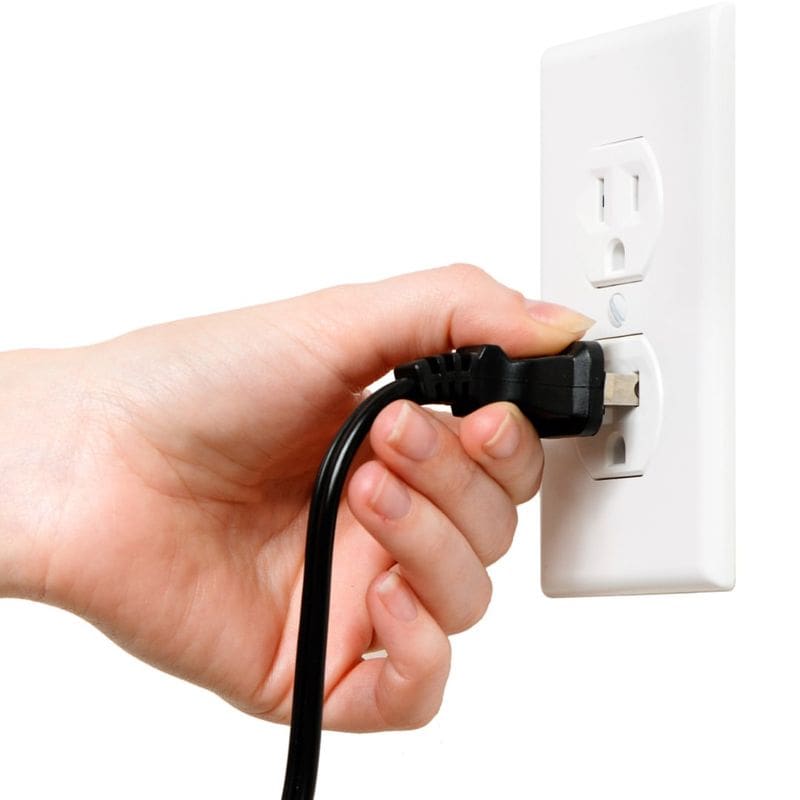
Worn outlets can become loose and fail to hold plugs securely. This can lead to arcing and potential fires.
Replace any outlets that no longer function correctly. Regular maintenance is key to avoiding electrical issues.
Older outlets should be inspected for wear and tear. Keeping outlets in good condition safeguards your home’s electrical system.
10. Faulty GFCI Outlets
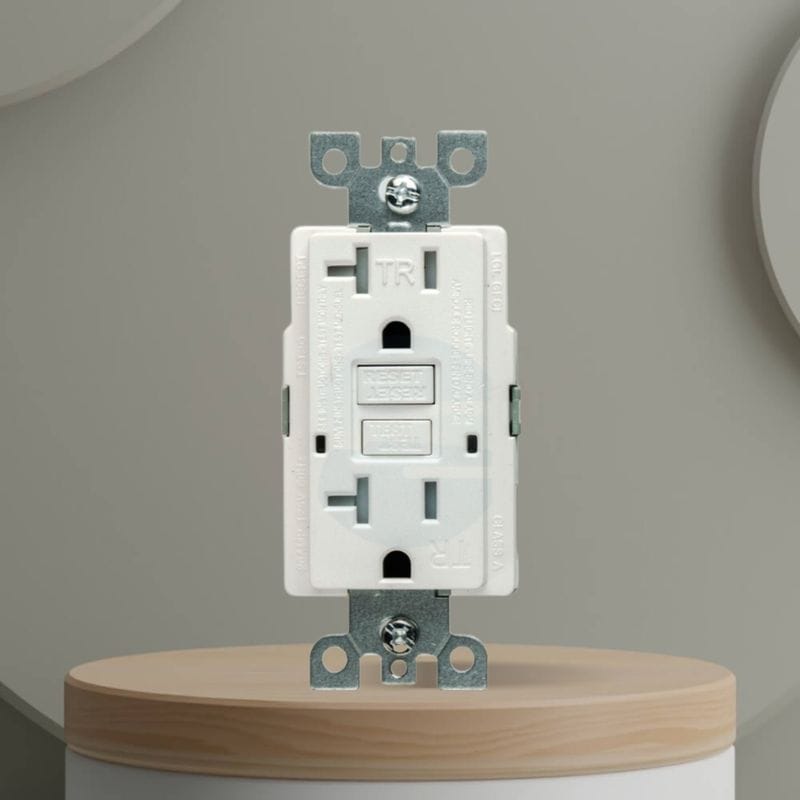
GFCI outlets protect against electrical shocks in wet areas. Faulty GFCIs fail to offer this protection, risking shock.
Regularly test your GFCI outlets to ensure they operate correctly. Press the test button monthly to confirm functionality.
Replacing defective GFCIs is essential to maintaining safety in moisture-prone areas. Prioritize keeping these outlets in working order in kitchens and bathrooms.

